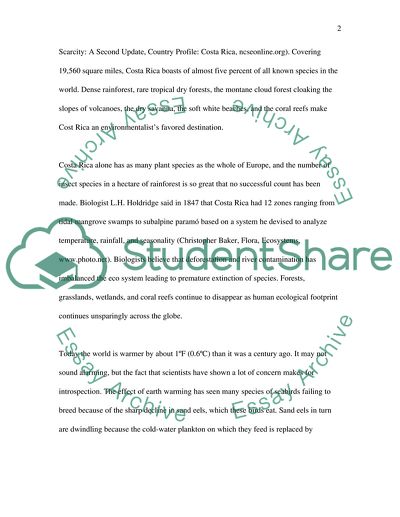Cite this document
(Environmental Problems Facing Costa Rica Essay Example | Topics and Well Written Essays - 1750 words, n.d.)
Environmental Problems Facing Costa Rica Essay Example | Topics and Well Written Essays - 1750 words. Retrieved from https://studentshare.org/environmental-studies/1704299-evironmental-problems-facing-costa-rica-writer-1946
Environmental Problems Facing Costa Rica Essay Example | Topics and Well Written Essays - 1750 words. Retrieved from https://studentshare.org/environmental-studies/1704299-evironmental-problems-facing-costa-rica-writer-1946
(Environmental Problems Facing Costa Rica Essay Example | Topics and Well Written Essays - 1750 Words)
Environmental Problems Facing Costa Rica Essay Example | Topics and Well Written Essays - 1750 Words. https://studentshare.org/environmental-studies/1704299-evironmental-problems-facing-costa-rica-writer-1946.
Environmental Problems Facing Costa Rica Essay Example | Topics and Well Written Essays - 1750 Words. https://studentshare.org/environmental-studies/1704299-evironmental-problems-facing-costa-rica-writer-1946.
“Environmental Problems Facing Costa Rica Essay Example | Topics and Well Written Essays - 1750 Words”, n.d. https://studentshare.org/environmental-studies/1704299-evironmental-problems-facing-costa-rica-writer-1946.


